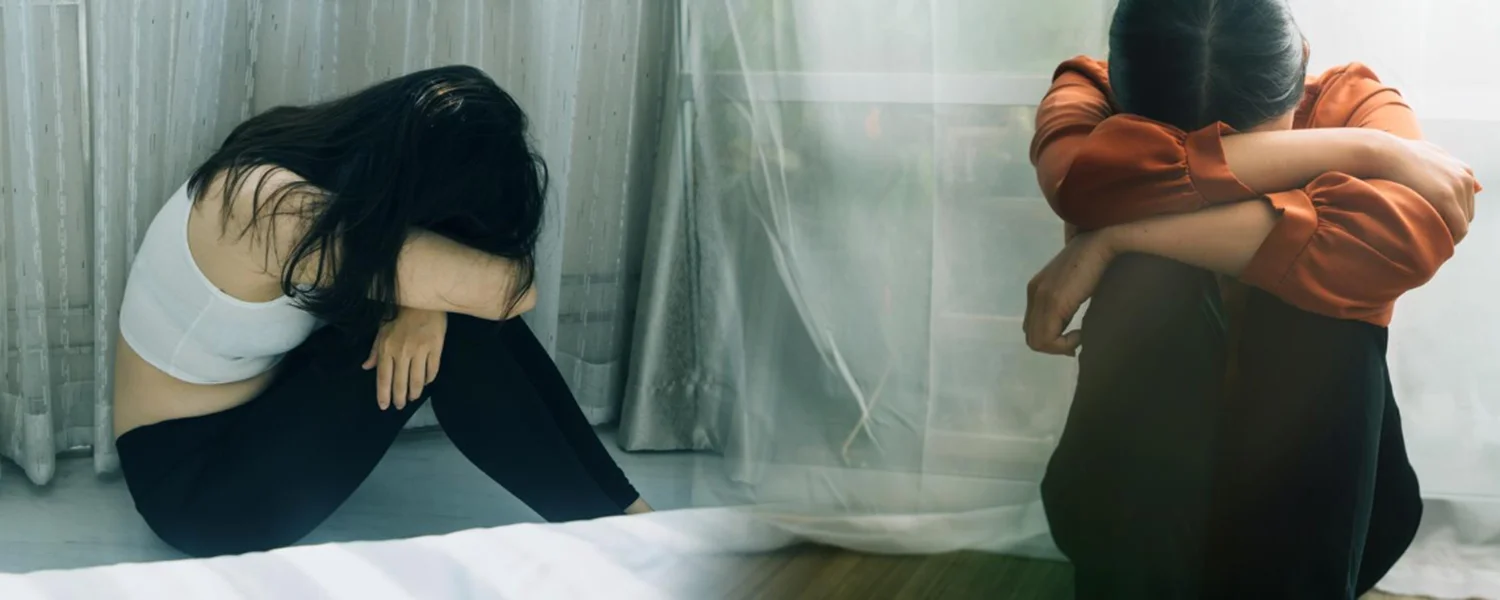
What Is Post-Traumatic Stress Disorder (PTSD)?
PTSD occurs after an individual has been exposed to a traumatic event, such as a natural disaster, serious accident, violent assault, or combat experience. While it’s normal to feel distressed after such events, PTSD is characterized by prolonged and intense reactions that persist long after the trauma has ended. These reactions can interfere with a person’s ability to function normally in everyday life.
People with PTSD may experience a range of symptoms that affect their thoughts, feelings, and behaviors. These symptoms are often categorized into four main types: re-experiencing, avoidance, negative changes in mood, and heightened arousal.
Common Symptoms of PTSD
1. Re-experiencing the Trauma: This involves reliving the traumatic event through flashbacks, nightmares, or intrusive thoughts. Individuals may feel as though they are back in the traumatic situation, leading to intense emotional and physical reactions.
2. Avoidance: People with PTSD often avoid reminders of the trauma, such as places, people, or activities that trigger distressing memories. They may also avoid talking about the traumatic event or express an inability to recall important aspects of it.
3. Negative Changes in Mood: PTSD can lead to persistent negative emotions, such as fear, anger, guilt, or shame. Individuals may experience feelings of hopelessness, difficulty maintaining relationships, or a lack of interest in previously enjoyed activities.
4. Heightened Arousal: This includes symptoms such as irritability, difficulty sleeping, hypervigilance (being excessively alert), and an exaggerated startle response. People with PTSD may feel constantly on edge or experience sudden outbursts of anger.
Impact of PTSD on Daily Life
PTSD can have a profound impact on various aspects of life. In personal relationships, it can lead to withdrawal, emotional distance, and difficulty in maintaining close connections. At work or in academic settings, PTSD symptoms can interfere with concentration, productivity, and overall performance.
Social interactions may also be affected, as individuals with PTSD might avoid social situations or struggle with feelings of anxiety and discomfort. The ongoing distress and avoidance behaviors can contribute to feelings of isolation and difficulty engaging in daily activities.
Managing and Treating PTSD
Effective treatment for PTSD often involves a combination of therapy, medication, and self-care strategies. Common treatments include:
Cognitive Behavioral Therapy (CBT): Specifically, a type of CBT called Trauma-Focused CBT helps individuals process and reframe their thoughts related to the trauma. It also involves exposure techniques to gradually confront and reduce the distress associated with traumatic memories.
Eye Movement Desensitization and Reprocessing (EMDR): EMDR is a therapeutic approach that involves processing traumatic memories through guided eye movements or other forms of bilateral stimulation to reduce their emotional charge.
Medication: Antidepressants or anti-anxiety medications can help manage symptoms of PTSD, such as depression or anxiety, by adjusting brain chemistry.
Self-Care and Support: Engaging in regular exercise, maintaining a healthy diet, and practicing relaxation techniques like mindfulness or meditation can support overall well-being. Support groups and therapy can provide a safe space to share experiences and gain insight from others facing similar challenges.
At Dr. Zahraa, we offer specialized support for individuals dealing with PTSD. Our approach includes evidence-based therapies and compassionate care to help you process trauma, manage symptoms, and reclaim your life. If you’re struggling with PTSD, Book a session today and let us help you on your journey to healing and recovery.
Related Blog
12 Sep 2024 | Mental Health and Emotional Disorders
Mental Health and Its Importance
Discover the importance of mental health and how it impacts daily life. Learn ab...
12 Sep 2024 | Mental Health and Emotional Disorders
Understanding Anxiety in Children
Learn about the causes and signs of anxiety and stress in children and how they ...
12 Sep 2024 | Mental Health and Emotional Disorders
Addressing Depression in Children: Causes, Signs, and Impact
Depression in children is a serious condition that affects their emotions, behav...



Comments
Total 0 comment in the post